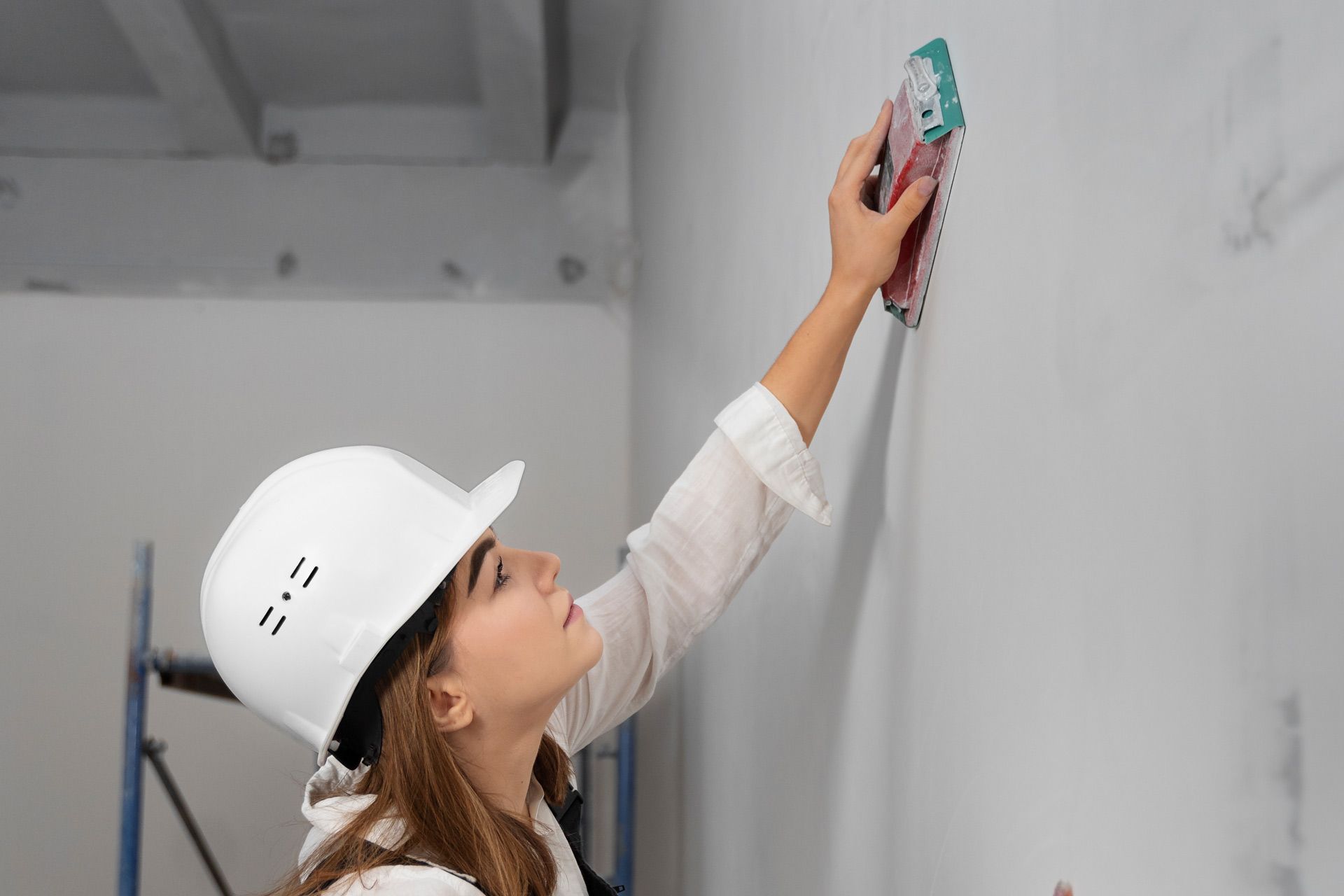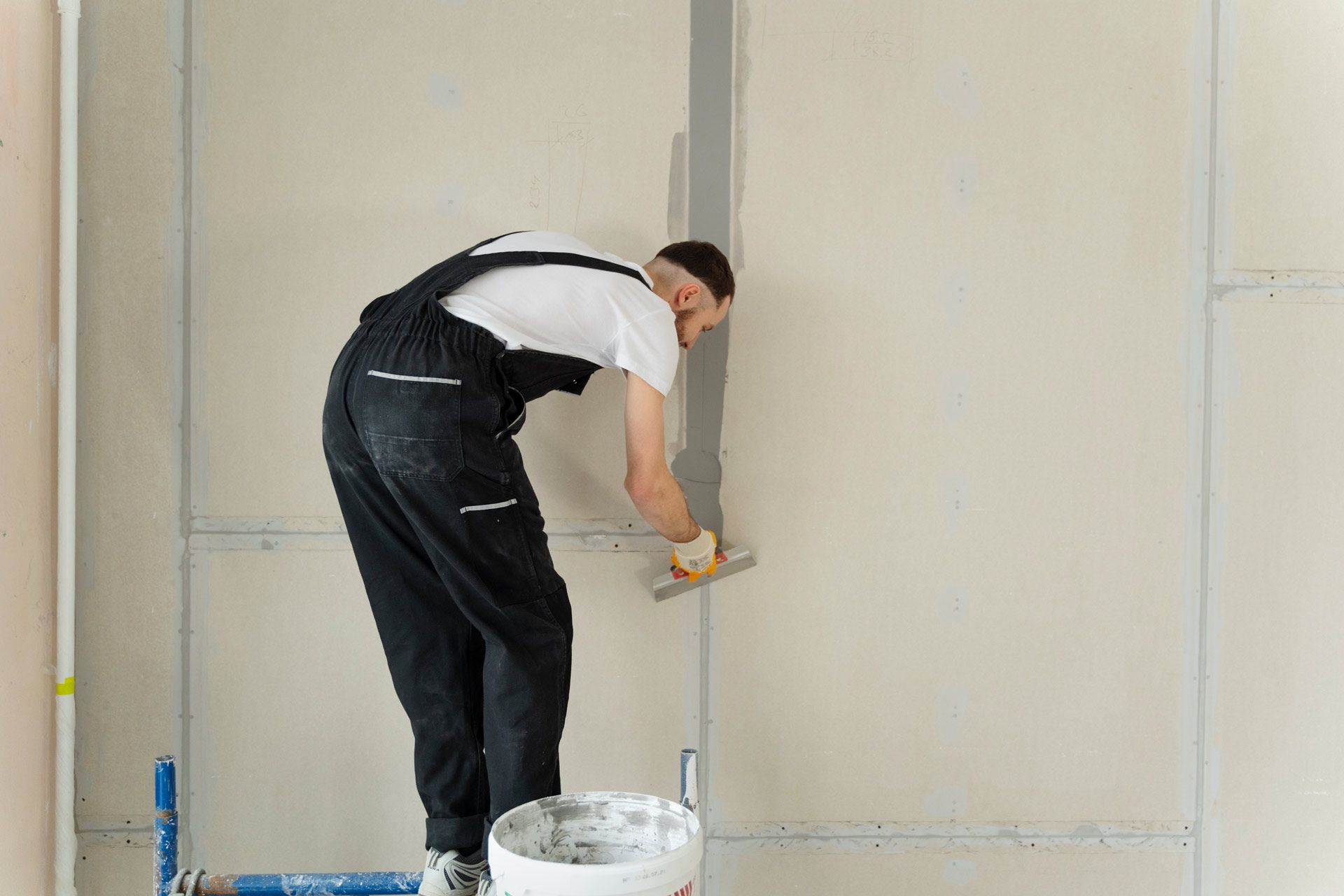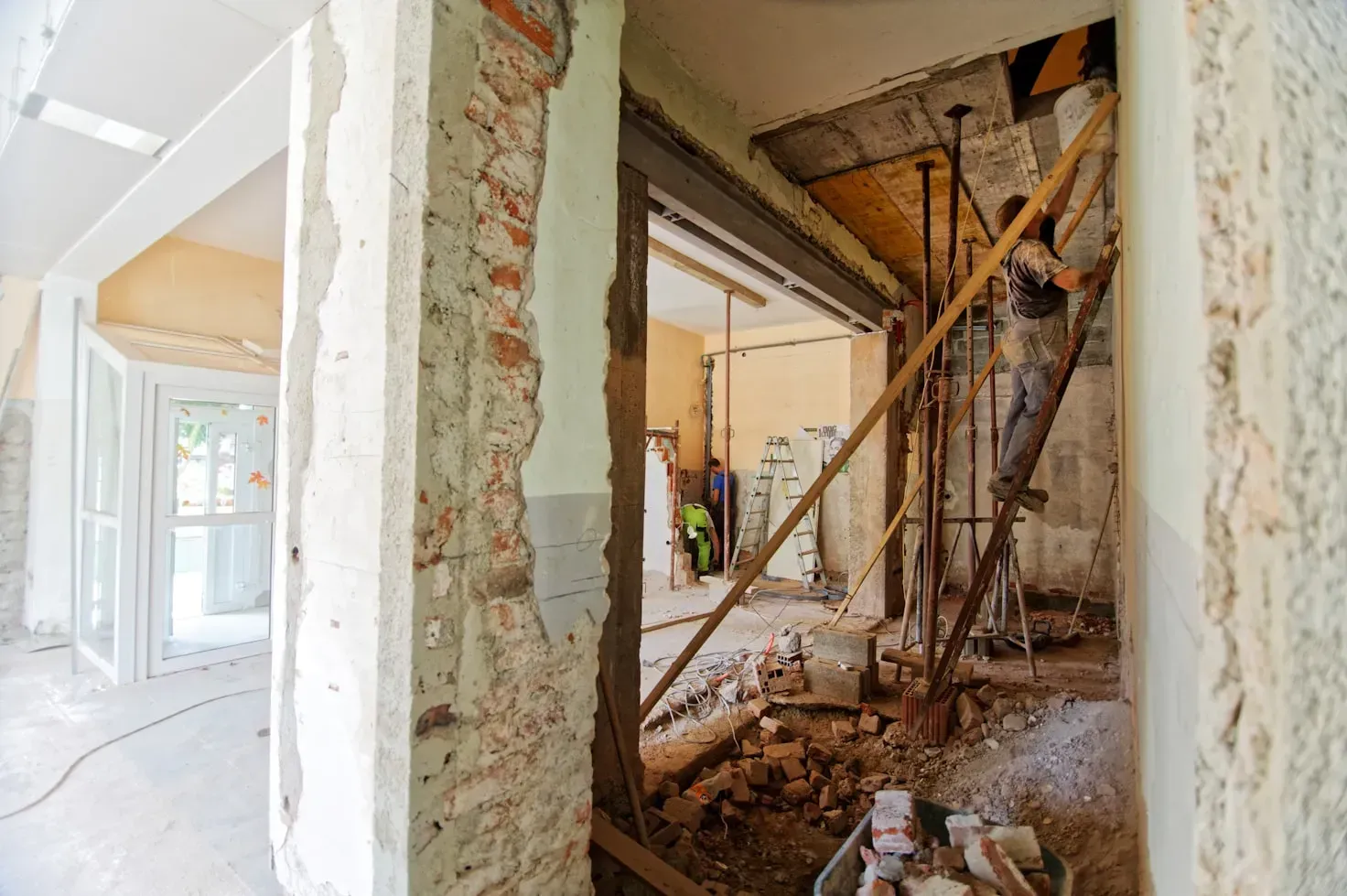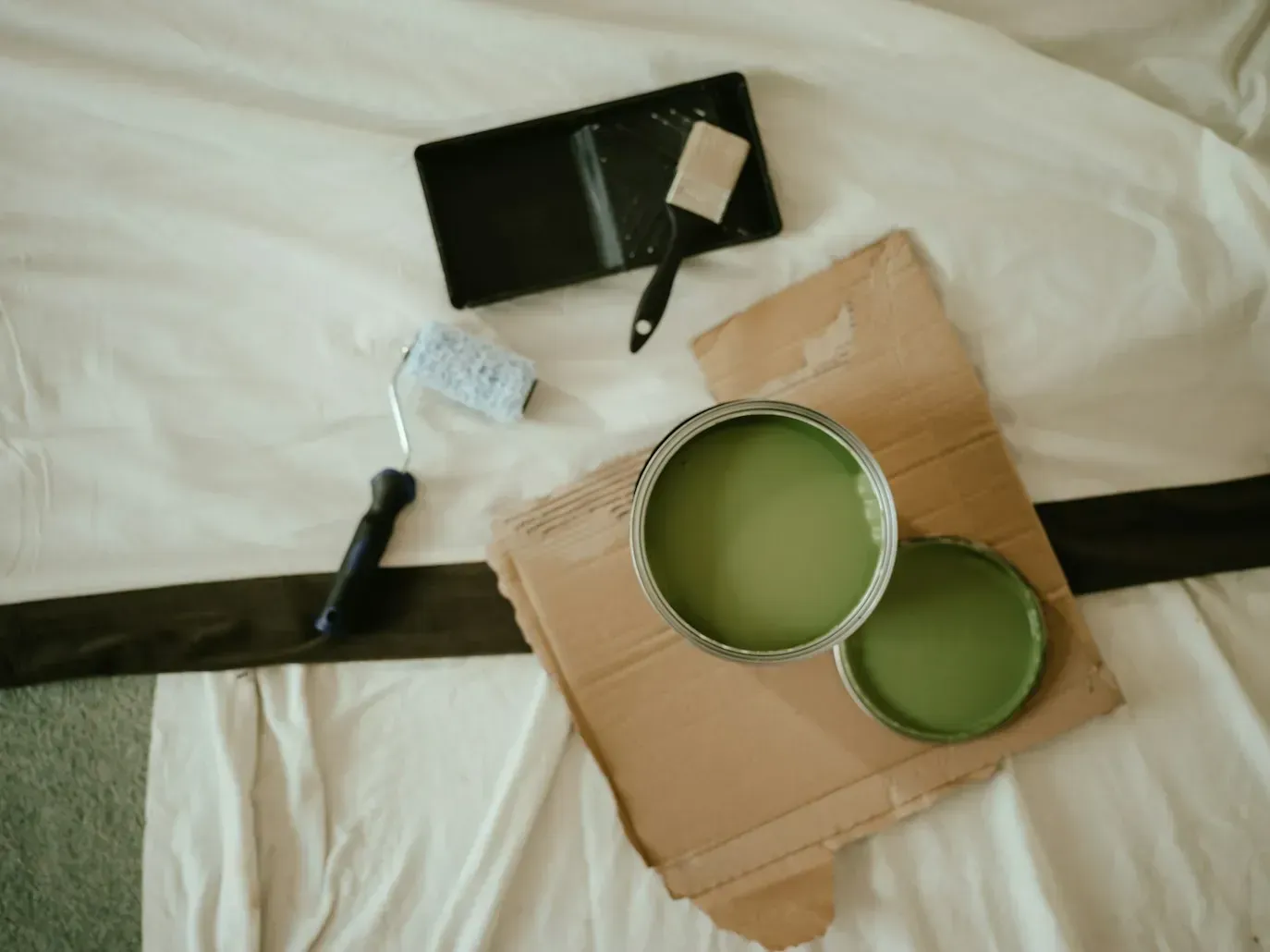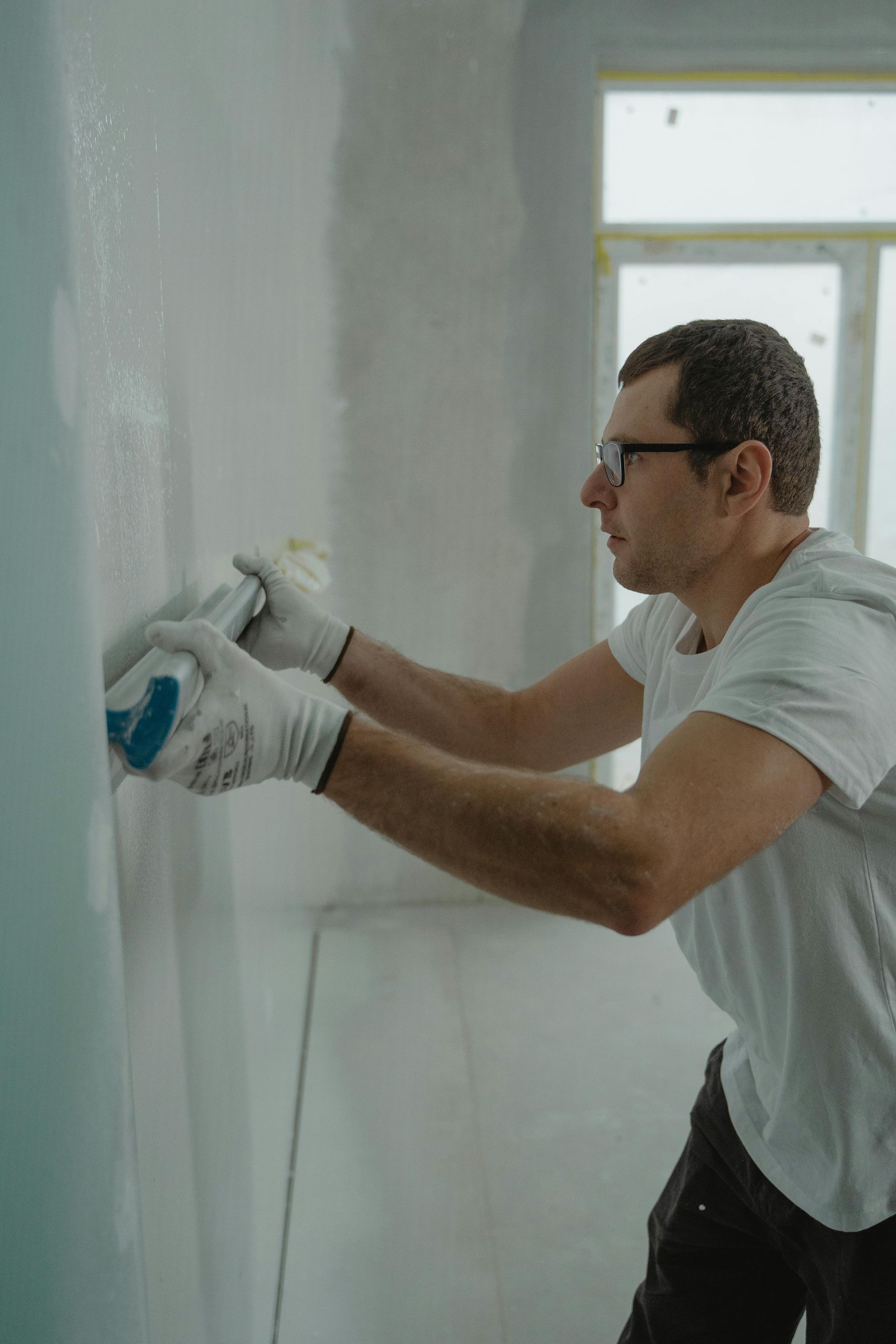Acoustic Drywall Solutions for Home Theaters, Offices & Multi-Unit Buildings
Introduction
Noise can make or break the comfort of a space. Whether it’s a home theater where you want cinema-quality sound, an office that requires focus, or a multi-unit building where privacy matters, soundproofing is a priority.
Standard drywall does little to block sound on its own. That’s where acoustic drywall solutions come in. These specialized systems combine materials and techniques to reduce sound transmission, making spaces quieter, more private, and more enjoyable.
In this article, we’ll explain how acoustic drywall works, review the best options for different settings, and share practical steps homeowners, landlords, and businesses in Western Massachusetts can take to achieve effective sound control.
What is acoustic drywall and how does it work?
Acoustic drywall is engineered or assembled with the goal of reducing sound transmission between rooms. It works on the principle of Sound Transmission Class (STC)—a rating that measures how well a material blocks airborne sound. The higher the STC rating, the better the soundproofing.
Acoustic drywall solutions often include:
- Specialty soundproof drywall: Boards made with denser gypsum cores, viscoelastic polymers, or layered construction.
- Double drywall with Green Glue: Two layers of drywall separated by a sound-dampening compound.
- Resilient channels: Metal strips that decouple drywall from studs, preventing sound vibration transfer.
- Insulation in wall cavities: Fiberglass or mineral wool batts that absorb airborne sound.
The right solution depends on the type of space, noise source, and performance goals.
Acoustic drywall solutions for different spaces
Home theaters
- Challenge: Preventing sound leakage so movie or music volume doesn’t disturb the rest of the house.
- Best practices:
- Use double drywall with Green Glue on walls and ceilings.
- Add resilient channels to decouple drywall from framing.
- Incorporate acoustic panels or treatments for better in-room sound control.
Offices
- Challenge: Reducing distractions and maintaining privacy for meetings or remote work.
- Best practices:
- Install specialty acoustic drywall on shared walls.
- Seal gaps around electrical outlets and door frames with acoustic caulk.
- Consider drop ceilings with acoustic tiles in addition to wall treatments.
Multi-unit buildings
- Challenge: Limiting noise transfer between apartments, condos, or townhomes.
- Best practices:
- Use fire-rated acoustic drywall (often required by building codes).
- Pair dense drywall with mineral wool insulation.
- Treat both walls and ceilings since sound often travels between floors.
How to choose the right acoustic drywall solution
Here’s a decision guide for selecting the right approach:
Step 1: Identify the noise issue
Is the problem airborne noise (voices, music, TV) or impact noise (footsteps, slamming doors)? Acoustic drywall is most effective for airborne noise.
Step 2: Evaluate existing construction
Older homes and buildings in Easthampton may have thinner walls or less insulation. A contractor can evaluate whether adding drywall layers or using specialty boards is the best approach.
Step 3: Decide on performance level
- Basic improvement: Single layer of acoustic drywall or added insulation.
- Intermediate: Double drywall with Green Glue and sealing gaps.
- High-performance: Full system with resilient channels, insulation, and specialty drywall.
Step 4: Plan for code compliance
Multi-unit buildings in Massachusetts must meet specific fire and sound ratings. Professional installation ensures both comfort and compliance.
Step 5: Work with a drywall contractor
Soundproofing is only as good as the installation. Gaps, cracks, or shortcuts drastically reduce performance. Hiring an experienced team ensures the system works as designed.
FAQs
What STC rating should I aim for in a home theater?
An STC rating of 55 or higher is ideal for home theaters, ensuring that sound doesn’t leak into adjacent rooms.
Is acoustic drywall thicker than regular drywall?
Not always. Some products use denser cores instead of thickness. However, adding multiple layers increases overall sound resistance.
Can I retrofit acoustic drywall into an existing room?
Yes, but it typically involves removing the old drywall or layering new drywall over existing walls. Both options are effective when installed properly.
Does soundproof drywall also block impact noise?
Not fully. Acoustic drywall reduces airborne noise best. For impact noise like footsteps, floor underlayments or ceiling treatments may be necessary.
Is acoustic drywall worth the cost?
For home theaters, offices, or shared living spaces where sound matters, it’s a valuable investment that improves comfort, productivity, and property value.
Conclusion
Acoustic drywall is a powerful solution for controlling noise in home theaters, offices, and multi-unit buildings. With the right materials and professional installation, you can create quieter, more comfortable spaces that protect privacy and enhance quality of life.
For homeowners, landlords, and businesses in Easthampton and across Western Massachusetts, working with an experienced drywall contractor ensures that your investment delivers real results. From specialty soundproof boards to complete acoustic systems, the right solution is available for every space.



